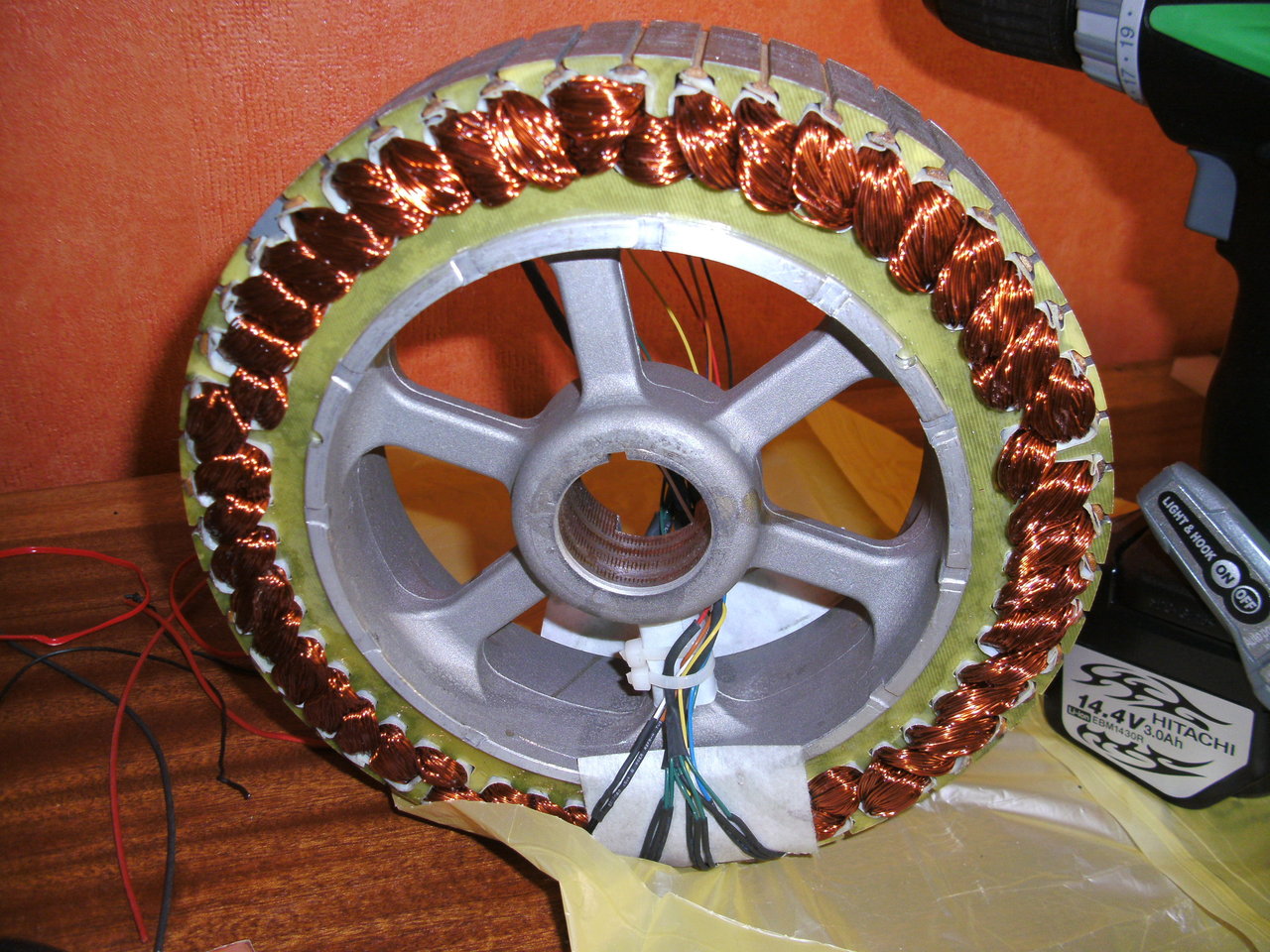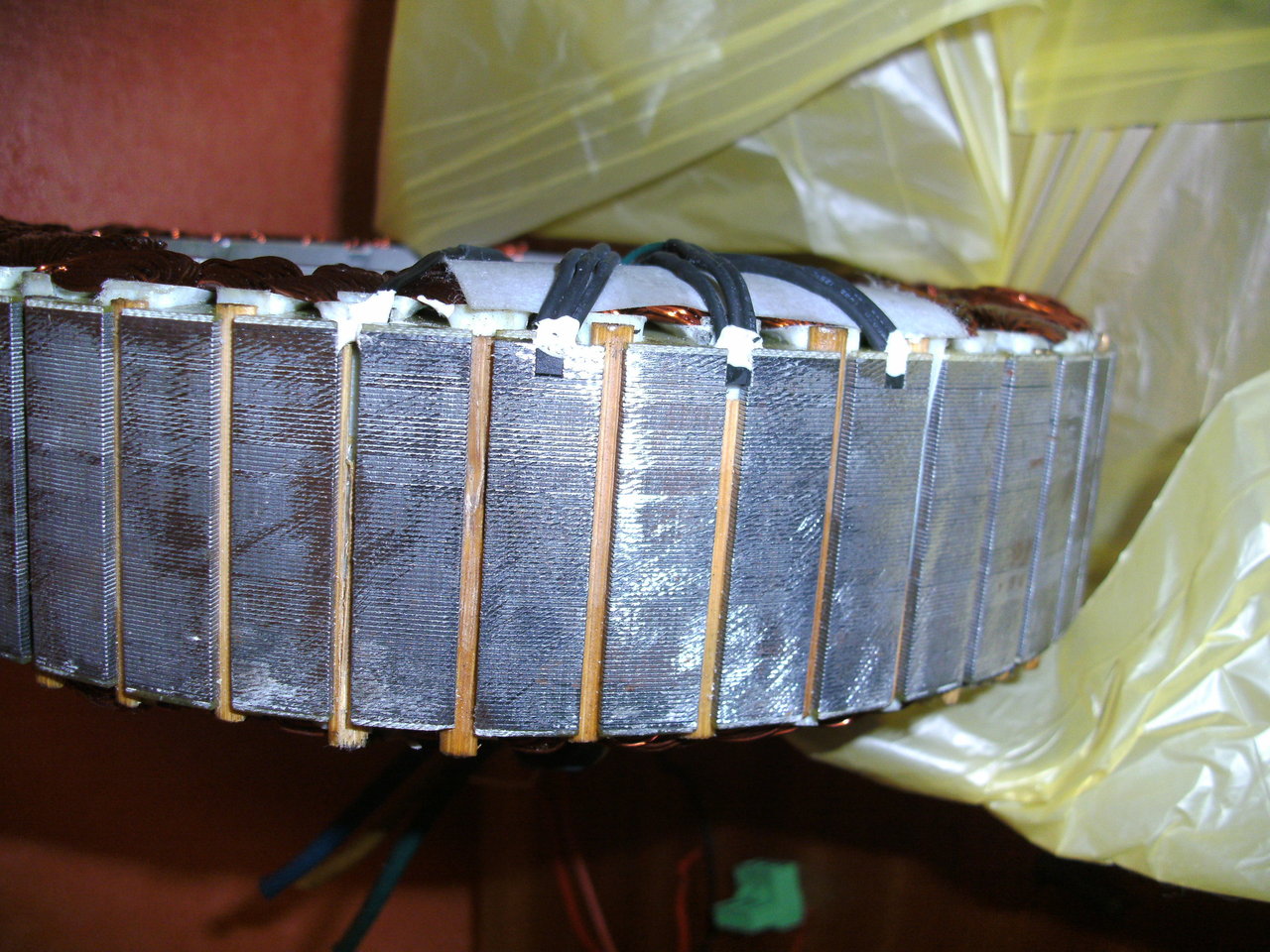Alexander1
100 µW
- Joined
- Jun 17, 2012
- Messages
- 8
The Crown TC-100 is stuttering from 0-35 km/h every time when I am over about 30 A battery current.
Then works normal from 35 to about 80 km/h at halve or at full throttle (about 60 A battery current)
With little throttle (under 30 A battery current) it is working normal from 0-35 km/h
My system 20s 4p (20Ah hobbyking), without BMS
I have tried 4 different controllers (greentime 15, 18, 24Fet, and infineon 18 fet), sensorless and sensor with right combinations. Voltage sag of my Lipos is about 3V. LVC of my controllers is 65 V so this is not the reason.
All the controllers work normal on my other bike with Cromotor!
I have tried different throttles, external battery pack, checked and changed all wires and connections, measured phase wires of the Crown (all the same resistance), fuse, without CA3, even with a second TC-100!!!...
Always the same problem!
I think the TC-100 is the problem!!? Never had such a problem with my Cromotor!
Any good suggestions would be appreciated! Thanks
Then works normal from 35 to about 80 km/h at halve or at full throttle (about 60 A battery current)
With little throttle (under 30 A battery current) it is working normal from 0-35 km/h
My system 20s 4p (20Ah hobbyking), without BMS
I have tried 4 different controllers (greentime 15, 18, 24Fet, and infineon 18 fet), sensorless and sensor with right combinations. Voltage sag of my Lipos is about 3V. LVC of my controllers is 65 V so this is not the reason.
All the controllers work normal on my other bike with Cromotor!
I have tried different throttles, external battery pack, checked and changed all wires and connections, measured phase wires of the Crown (all the same resistance), fuse, without CA3, even with a second TC-100!!!...
Always the same problem!
I think the TC-100 is the problem!!? Never had such a problem with my Cromotor!
Any good suggestions would be appreciated! Thanks




